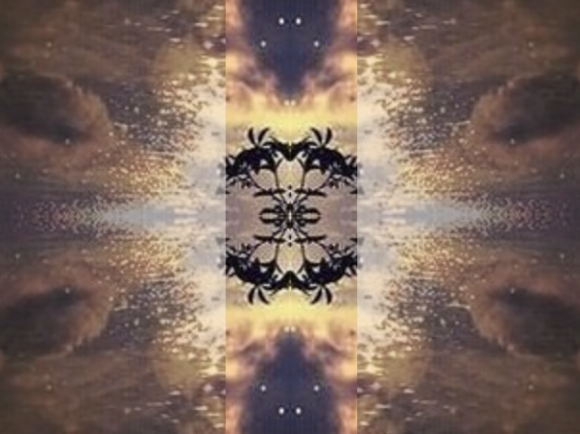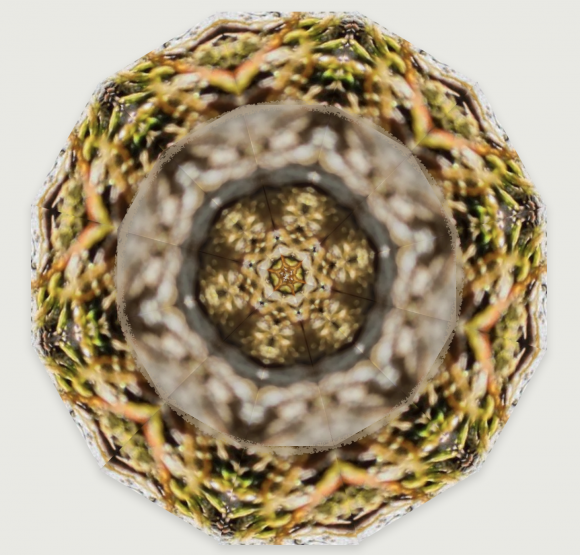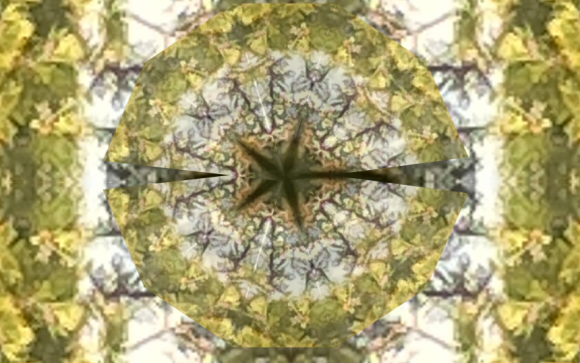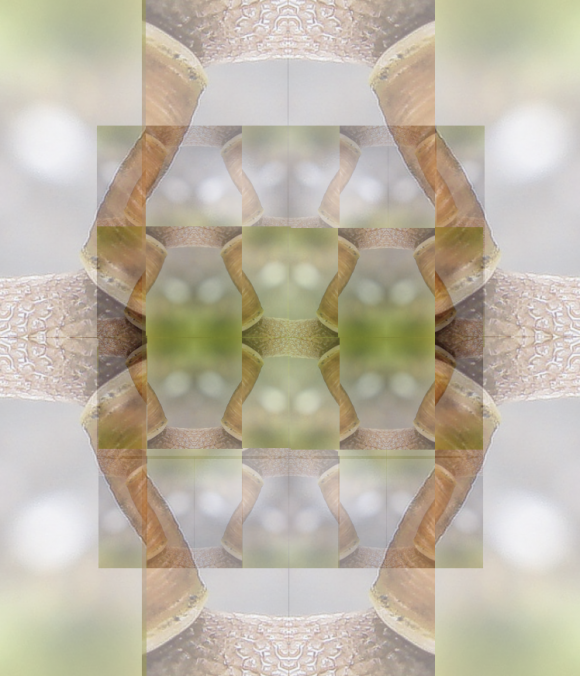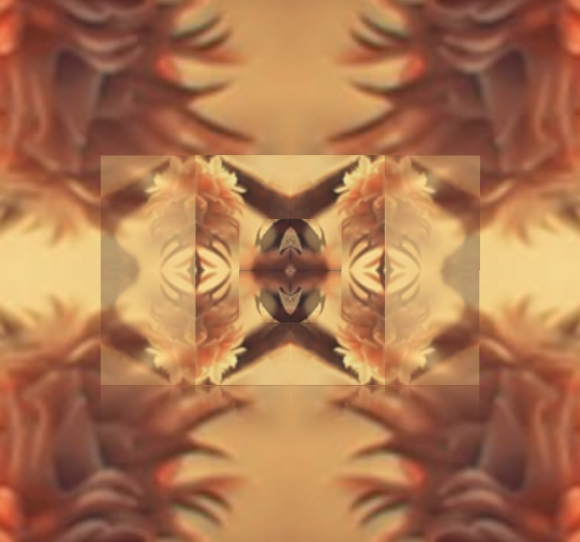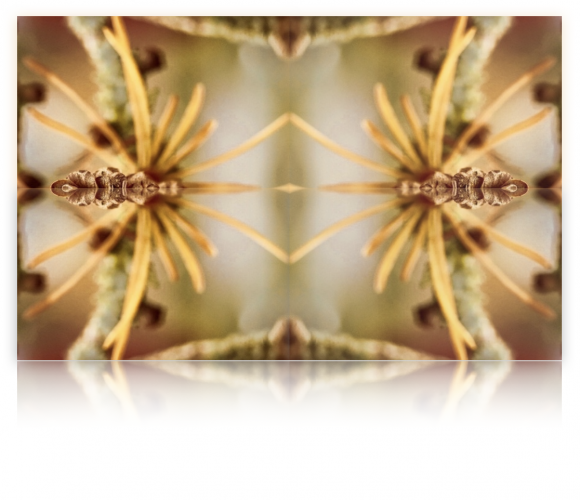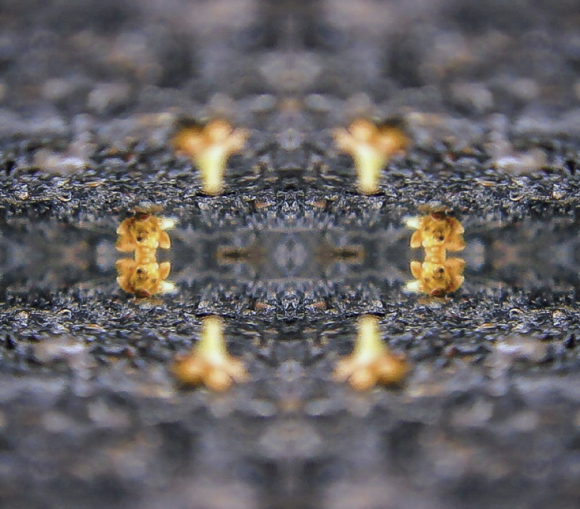
I have explored, in some depth now, a particular archetypal idea: that “there is a hidden meaning behind chaotic life”. The way I have explored it was through Jung’s essay on spirit, which deals explicitly with it. But there is a connection between this idea and synchronicities, which Jung, it seems, didn’t make.

